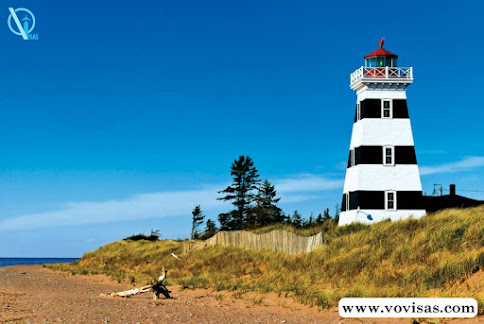Canada’s Immigration Categories || VO Visas
Canada’s Immigration Categories || VO Visas
The recent announcement that Canada will resume Express Entry invitations for all candidates starting in July is good news for those whose immigration plans have been put on hold due to the COVID-19 pandemic.
However, Express Entry is only one way to immigrate to Canada, and with so many routes, it can be difficult to know where to start. Understanding Canada's immigration categories is a good first step.
Economic Class
Economy class is Canada's largest source of immigration. Those who qualify for one of the more than 100 pathways are considered to be able to make the greatest contribution to the Canadian economy and to integrate more easily into the Canadian labour market.
Express Entry
The most important immigration route for federal economy class is called Express Entry. There are three programs through the Fast Track:
· The Federal Skilled Worker Program is open to all applicants with certain language, educational and professional experience. Work experience is classified using the National Occupational Classification system. This system is used to determine if a candidate is eligible for the economy class immigration program. Each occupation is assigned a code and assigned a skill level.
· The Federal Skilled Trades Program is an option for those who have at least two years of industry experience and required English or French skills within the five years preceding their application.
· The Canadian Experience Class is for people who have worked in Canada for at least one year and meet language proficiency standards.
In each route, eligible applicants upload their profiles to the Immigration, Refugees, and Citizenship Canada (IRCC) website and receive points using a Comprehensive Ranking System. The score is used to rank candidates based on criteria such as education, language skills, and work experience. The higher the score, the more likely you are to receive an invitation to apply for permanent residence.
IRCC invites the highest ranked candidates every two weeks.
Provincial Nomination Program
Newcomers seeking permanent residency can apply for the Provincial Nomination Program (PNP). Each Canadian province and territory (except Quebec and Nunavut) has a PNP that allows them to nominate immigration candidates for permanent residence.
There are two types of PNP. The expanded PNP invites Express Entry candidates to apply for provincial nomination. If Express Entry candidates successfully apply for a provincial nomination, they are eligible for an additional 600 CRS points.
Provinces participating in the PNP also have elementary streams that operate outside of the Express Entry system. Through these immigration programs, applications can be made directly to the provincial government, although applications may take longer to process.
Getting a provincial nomination is not the same as becoming a permanent resident. In Canada, only the federal government can grant permanent resident status. However, a provincial nomination can provide important support for Canadian immigration applications.
Quebec
Quebec's approach is slightly different. Quebec has a special agreement with the federal government that allows it to choose immigration. Quebec is the only province in Canada with French as an official language, so many of its immigration programs require applicants to speak French.
Quebec has a unique immigration program. For example, skilled workers can apply for the Quebec Skilled Worker Program, which is similar to the federal skilled worker program. Pilot programs could also be used to encourage immigration of people with food industry experience, caregivers, and people with AI and technology experience.
.jpg)
.jpg)


Comments
Post a Comment